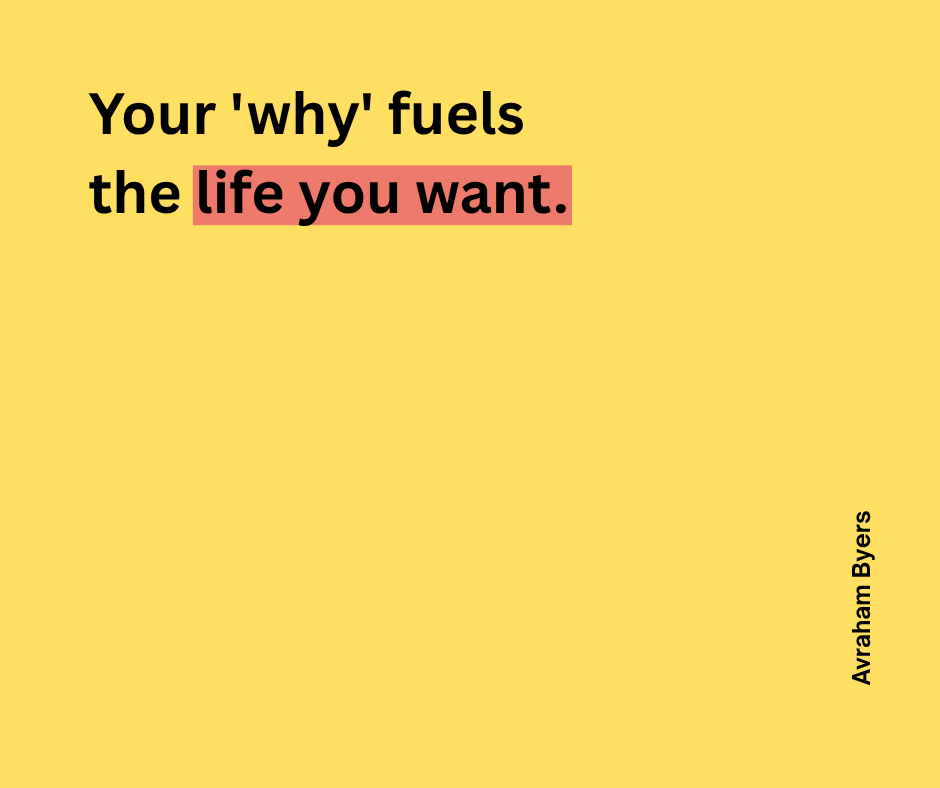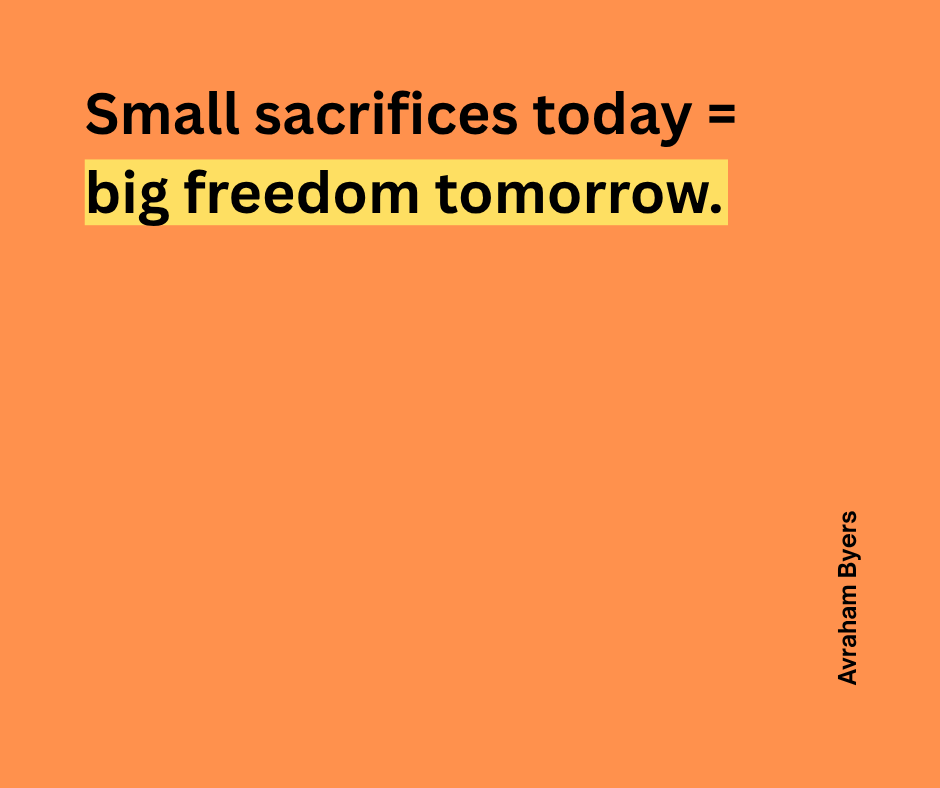Managing your money can feel like trying to fold a fitted sheet.
Awkward. Frustrating. And a little impossible.
But here’s the scoop: the secret to knocking it out of the park with your finances is learning to think smarter… in TWO different ways. Enter Higher Thinking and Lower Thinking.
One keeps your head in the clouds (productive clouds, not fluffy daydream ones). The other makes sure your feet are on the ground. Combine them, and BOOM 💥, you’re unstoppable.
Sound too good to be true? Stick with me—we’re about to break this down.

Step 1: Meet Higher Thinking (AKA Your “Big Why” 🌟)
Higher Thinking is all about getting deep, real, and personal with your money goals. It’s not just what you want to do, but WHY you’re doing it.
Spoiler alert: your “big why” has nothing to do with some cookie-cutter idea like “financial freedom.” (What does that even mean, anyway?)
Your “big why” is the emotional, meaningful stuff that keeps you up at night OR gets you out of bed in the morning. It’s about:
- Peace of mind (because money stress is basically the worst)
- Better relationships (hello, less tension with your partner 👫)
- Improved health (heard of financial burnout? Not cute.)
Ask yourself this: If your money situation magically fixed itself overnight, what would really change in your life? Maybe you’d finally sleep without waking up in a cold sweat. Or stop fighting with your spouse when the credit card bill hits. THAT’S your “big why.”
But here’s the catch—you can’t just identify it and walk away 🚶♀️. You’ve got to live it. Keep your “big why” front and center every single day. Here are a few simple ways to stay connected to it:
- Make it visual. Create a screensaver with your “why” to remind you constantly.
- Meditate on it. Take a few quiet minutes a day to reflect on your deeper purpose.
- Speak it out loud. Words are powerful! Talk to yourself (yes, out loud) about why this is important.
- Set alerts. Use your phone to ping you hourly or daily with reminders of your “why.”
This isn’t just pie-in-the-sky stuff. Top athletes and top CEOs know this trick. When they lose sight of their “why,” they lose their edge. You’re no different.
Step 2: Enter Lower Thinking (Tactics, Tools, and Tricks 🛠️)
If Higher Thinking is your compass, Lower Thinking is your road map. It’s the down-and-dirty stuff that gets you moving. Lower Thinking answers the question, “What steps do I actually need to take to make my money work?”
This is where you get tactical. It’s about setting up systems, breaking actions into small, manageable chunks, and tracking progress like a hawk 🦅. For example:
- Budgeting Tools 🧮
Use financial apps like YNAB (You Need A Budget) or Monarch to do the heavy lifting. These tools can help you see where your money is going, plan ahead, and stick to your goals. - Saving Hacks 💰
Whether it’s old-school coupon cutting or automated savings transfers, find methods that match your lifestyle. (Side note: If you haven’t already, go look up apps that round up your purchases into savings. Mind. Blown.) - Debt Payoff Strategies 💳
Systems like the “debt snowball” or “debt avalanche” make paying off loans faster and a little more satisfying. - Planning Frameworks
Books like Your Magic Number or similar resources can be absolute game-changers for creating budgets and setting milestone goals.
Here’s the thing about tactical stuff, though: it’s not set in stone.
You might start with a fancy spreadsheet and then realize an app works better. Or you’ll rethink your method after a bump in the road. Flexibility is key here. Find what works for you and keep adjusting until it clicks.
Step 3: Why You Need Both Modes 🤝
Think of Higher Thinking (your “big why”) as your fuel and Lower Thinking (tactics) as your vehicle. One without the other? Useless. Picture this:
- Just Higher Thinking: You’ve got all the motivation in the world, but no action plan. That’s like sitting in a parked car with the tank full, but never turning the ignition.
- Just Lower Thinking: You’re hustling hard with no clear purpose. You’re driving fast, but the GPS is off, and you don’t know where you’re going.
Combine the two, though, and it’s magic ✨.
Your “big why” keeps you on track when distractions pop up (oh hey, impulse buys 🙄). And your tactical steps bring structure to your efforts, ensuring every dollar you manage moves you closer to your goal.

Step 4: When Budgeting Gets Boring 💤
Here’s a hard truth for you. Budgeting can be a snoozefest. (Almost) nobody one gets excited about plugging numbers into a spreadsheet or saying “no” to splurges. But here’s the good part:
When you connect those boring tasks to your “big why,” they stop feeling like a chore. They become steps toward freedom.
Every time you skip that impulse Amazon cart or opt for a home-cooked meal, you’re saying YES to peace of mind. YES to stronger relationships. YES to a healthier, more purposeful life.
That’s the real power of combining both ways of thinking. It transforms restriction into liberation.
The Takeaway 🎯
Mastering your finances is about more than numbers. It’s about tapping into the “big why” that drives your actions and pairing it with the practical steps needed to succeed. Separately, they fall apart. Together, they unlock your best financial future.
Start today. Reflect on your why, set up systems, and remember this simple truth:
Every small step you take today is a giant leap toward the life you dream of. ✨ Now go crush it.




Comments are closed.